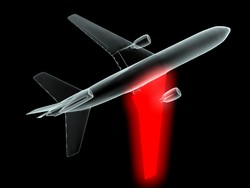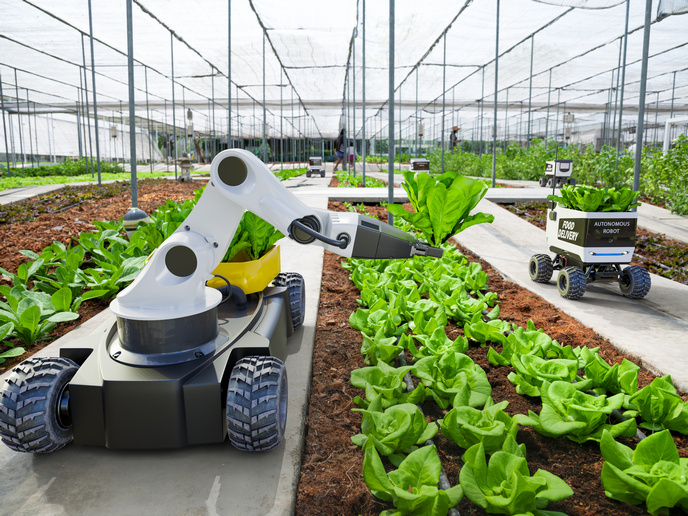Self-shaping wings to redefine aviation in the future
The idea of building lighter, more efficient and more aerodynamic aircraft is crucial for saving on energy costs and lowering the aviation industry’s carbon footprint. The EU-funded FUTUREWINGS (Wings of the future) project worked towards an aeroplane that could change its shape during flight — e.g. through self-shaping wings — in order to increase flight efficiency. It tested the viability of such a radical concept, focusing on developing a thin-walled beam whose shape could be controlled through piezo-electric actuators. To achieve this, the project team conducted research into how piezo-electric technology can manipulate the shape of beams and other structural elements involved in aerospace engineering. It built a novel electronic control system required to activate sets of macro fibre composite components and established the numerical procedure for simulating hybrid structures. A key project achievement involved the design and testing of torsion specimens and bending specimens made up of hybrid composite active material. The project team also verified the numerical analysis and the design of the Future-Wing concept. FUTUREWINGS then compared the aero-elasticity of the aircraft model designed with that of conventional aircraft and conducted flight simulations to validate the aeromechanical behaviour of the futuristic aircraft concept. In effect, the project furthered the use of smart material that transforms aircraft wings and tails into ‘living tissue’, facilitating aircraft control by changing the shape of its surfaces and aerodynamics. The research results have been disseminated through workshops and publications, while the project partners have made plans to continue collaboration beyond the project’s end. Although still at an early stage of development, so-called ‘self-shaping structures’ could play an important part in the aviation and engineering of the future.
Keywords
Self-shaping wings, aerodynamics, aeroplane, aircraft, FUTUREWINGS







